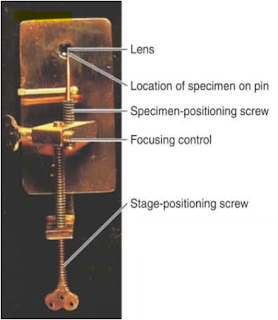Aseptic Techniques
Introduction
• Aseptic
area: area free from
microorganism including virus also
• Asepsis:
State of being free
from microorganism
• Contamination:
Undesired
introduction of impurities of chemical or microbiological nature into the
starting material, or intermediate or final product
Importance of asepsis
• To prevent
transmission of disease
• To avoid
decomposition and spoilage of food and beverages
• To maintain pure
culture characteristics
• To inhibit
interference from contaminating microorganism
Sources and prevention of contamination
Various sources of contamination along with some of the important preventive measures are as under-
1. Premises and design of building
• Entry of
insects inside the manufacturing area should be eliminated
• Interior surface of
wall, floor and ceiling should be smooth, free from crack and open joints
• Entry of unauthorized
person should also be prevented
2. Equipment
• Should have smooth
surface
• Contact surface must
not be additive or absorptive
• When not in use,
equipments must be wrapped with polyethylene bags
3. People (Personnel)
• Workers should wear
clean body coverings
• All personnel must
undergo regular health examination
4. Heating ventilation and Air conditioning (HVAC) system
• Should be validated
with appropriate filters in all areas
• Dust extraction and
associated pipes must be cleaned regularly
5. Manufacturing Process
• At every stage of
processing, all the raw materials and intermediates used must be microbial free
6. Clothing and foot wear
• Clothes must not be
contaminated and are changed regularly whenever required
• Personal foot-wear
should not be allowed inside manufacturing area
• Appropriate foot-wear
and covering should be provided



Comments
Post a Comment